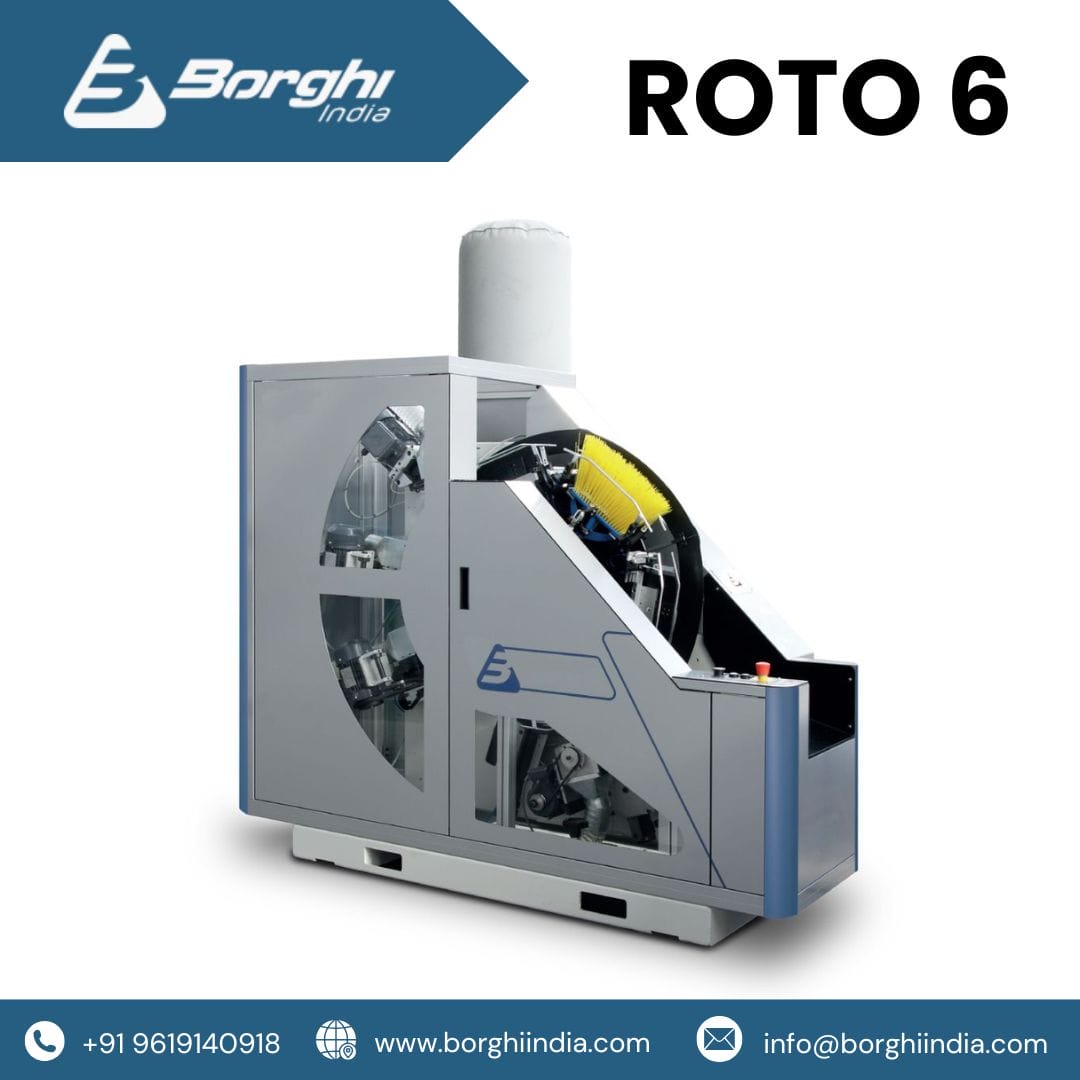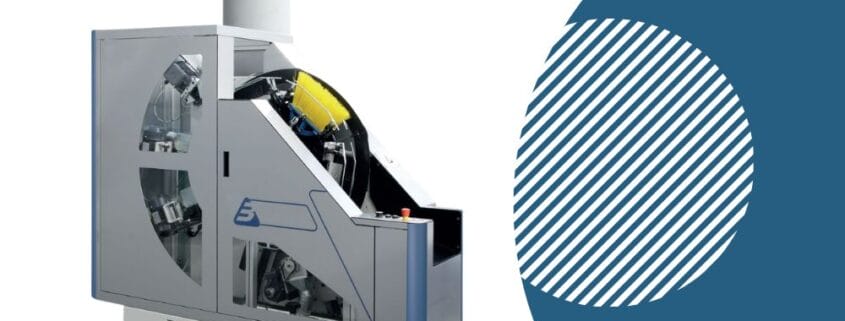Specialized Trimming Machine for Curved and Flat Profiles : Roto 6
In brush manufacturing, precision and efficiency are key factors that determine the quality and durability of the final product. Whether it’s brooms for sweeping or brushes for industrial applications, the specific shape and profile of each brush dictate its functionality and effectiveness. For manufacturers that produce brushes with curved or flat profiles, trimming machines like the ROTO 6 series play a pivotal role in ensuring a smooth, even finish.
But why are brushes made with such diverse profiles, and what role do specialized trimmers play in perfecting them?
The Purpose of Different Brush Profiles
Brushes and brooms come in various shapes and sizes, each designed for specific tasks. Some of the most common profiles are flat and curved.
- Flat Profile: Brooms and brushes with flat profiles are often used for surface-level cleaning. The flat arrangement of bristles allows for maximum surface contact, which is ideal for sweeping dust and debris off flat floors, pavements, and industrial surfaces.
- Curved Profile: Curved brushes, on the other hand, are designed for more intricate cleaning tasks, such as reaching into grooves, corners, and uneven surfaces. The curvature of the bristles provides better access to tight areas, making them suitable for cleaning machinery, pipes, or other contoured surfaces.
The shape of the brush directly impacts its performance, which is why manufacturers must ensure the brush is trimmed to the precise profile. This is where trimming machines, like the ROTO 6 series, become essential.

The Need for Specialized Trimming Machines
Producing brooms and brushes with consistent trimming and flagging is crucial to maintain their effectiveness. The trimming process shapes the length of the bristles to meet the required specifications, while flagging splits the ends of the bristles to enhance their flexibility and cleaning power. Trimming a brush, particularly those with curved profiles, is not a simple task and requires specialized equipment.
The ROTO 6 series is designed to handle the high demands of trimming brooms and brushes, especially those with complex shapes. These machines ensure that brushes are evenly trimmed and flagged for maximum performance.
- ROTO 6 BASIC and ROTO 6 PLUS: These models use a cam-based system, which allows manufacturers to adjust trimming profiles for different brush shapes. This is crucial for producing both flat and curved profiles with the necessary precision.
- ROTO 6 e-PLUS: This model adds a layer of versatility with electronically controlled tools, offering even greater customization for trimming different shapes. The tools are moved by stepper motors, allowing for quick reconfiguration, which is ideal for manufacturers who need to produce a variety of brush designs in a short time.
Key Features of the ROTO 6 Series
The ROTO 6 series of trimming machines is designed for high-volume production, making it ideal for manufacturers who need to meet large-scale demand without compromising on quality.
Some key features include:
- Clamps: 6 clamps to secure brushes during the trimming process.
- Workstations: 4 stations that allow simultaneous trimming of multiple brushes.
- Production Capacity: The machine can produce up to 1200 brushes per hour, making it highly efficient for large-scale production.
- Brush Length: The maximum brush length that the machine can handle is 400 mm.
- Tools: It includes flagging heads, rotary blade units, and a beating station, which work together to ensure the brushes are perfectly shaped and ready for use.
With the ROTO 6, manufacturers can achieve different trimming profiles with precision and ease, thanks to its electronically controlled tools. This versatility is particularly important for brushes with curved profiles, which require careful shaping to maintain their performance.



